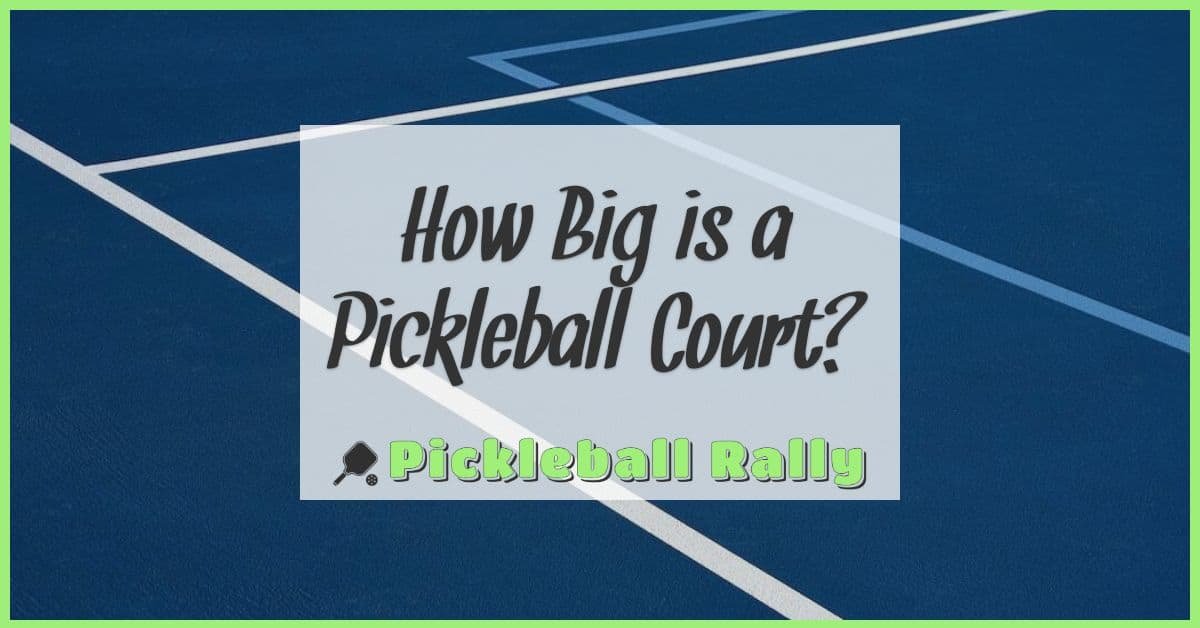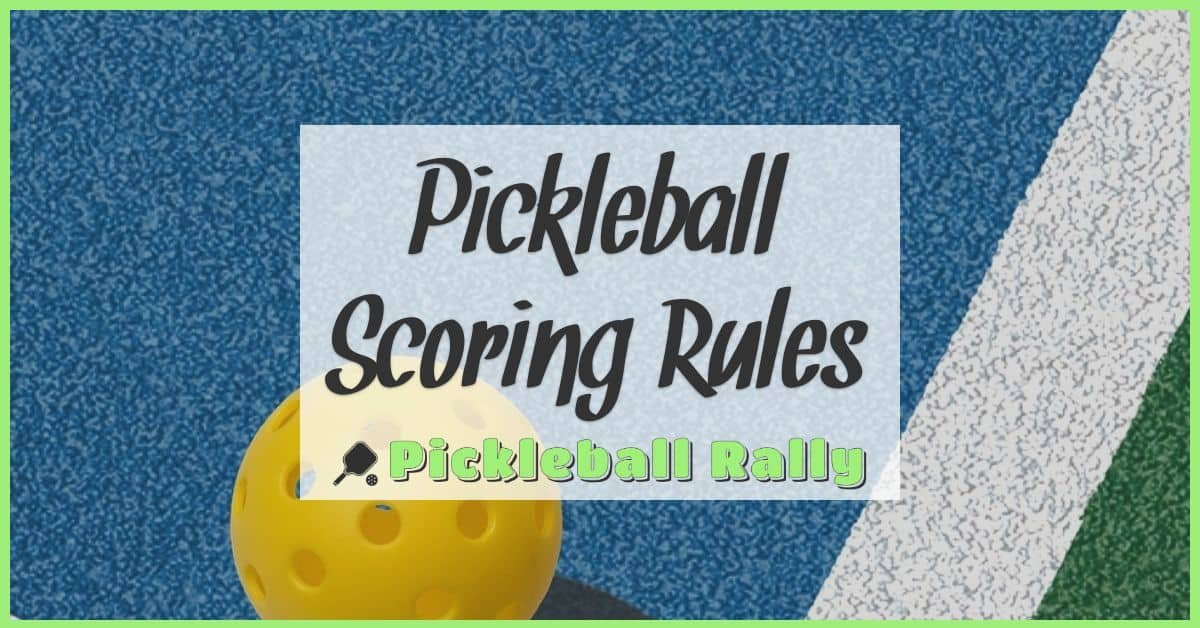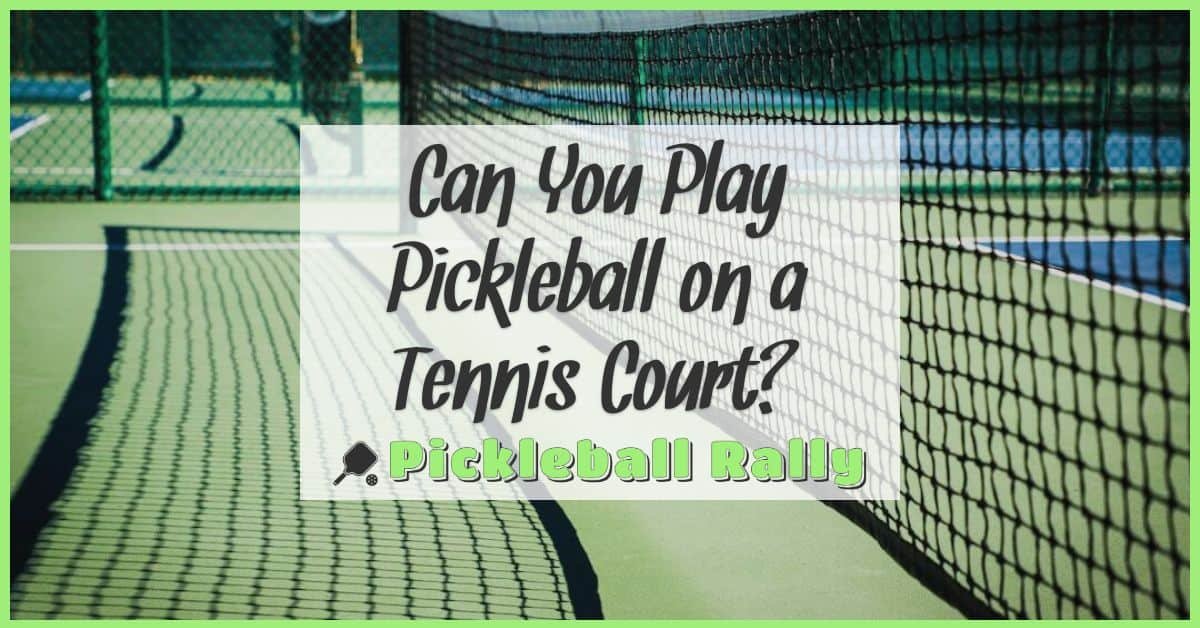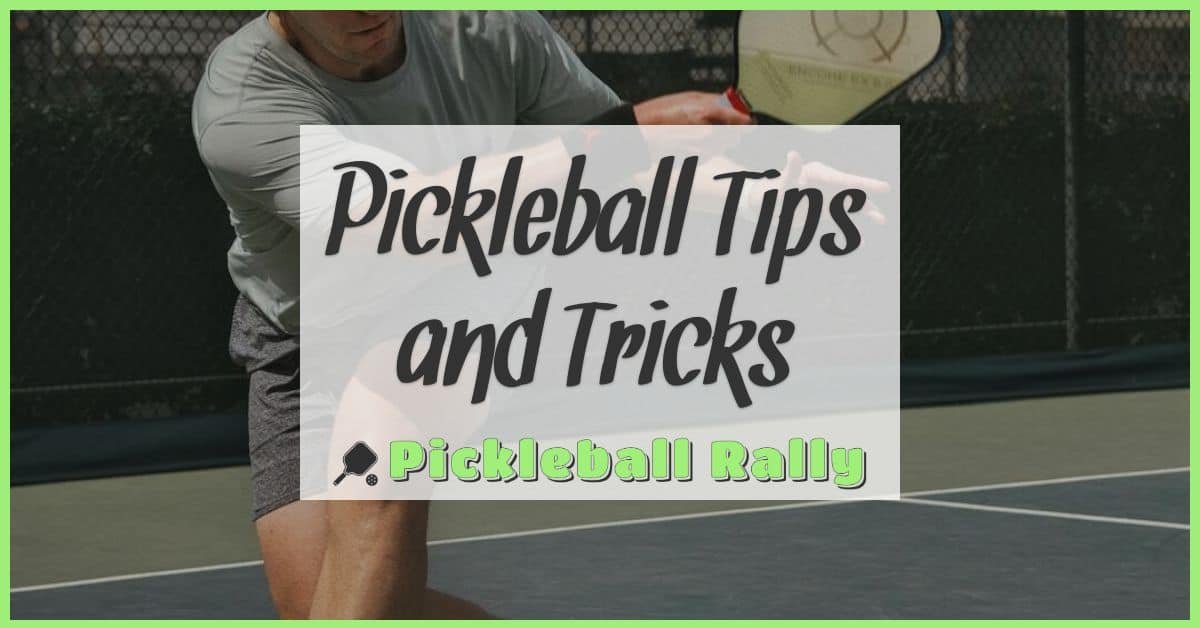Pickleball is more than just a fun way to stay active—it’s a fast-paced game that demands quick reflexes and sharp endurance. To keep up with the rapid movements and sudden bursts of energy, we need training that matches the sport’s intensity.
That’s where interval training comes in. By mixing short bursts of high effort with periods of rest, interval training helps us boost our speed, agility, and stamina on the court. It’s a smart way to get fitter without spending hours exercising.
In this article, we’ll explore how interval training can take our pickleball game to the next level and keep us moving stronger and faster with every match.
The Benefits of Interval Training for Pickleball
Interval training boosts our speed by pushing us through short bursts of intense activity, then giving us active recovery. This cycle trains our fast-twitch muscles, which are crucial for quick dashes and rapid direction changes during pickleball games. Enhanced speed helps us reach shots faster and stay competitive in fast rallies.
Interval training improves our agility by refining our ability to switch movements rapidly. These quick transitions help us react to unpredictable shots and maintain balance while moving side to side or lunging forward. The varied pace of interval workouts mimics the stop-and-go nature of pickleball, making court movements feel more natural.
Interval training builds endurance that lets us maintain high energy throughout long matches. By challenging both our aerobic and anaerobic systems, this training increases our stamina and delays fatigue. Longer stamina helps us stay sharp and focused, allowing us to execute tactics precisely from the first serve to the last point.
Interval sessions sharpen mental focus by demanding sustained attention during both intense efforts and recovery phases. This focus carries over into games, helping us read opponents’ moves and anticipate shots. By replicating match-like fatigue, interval training conditions our mind to stay alert under pressure.
Interval training also aids injury prevention by strengthening muscles, ligaments, and joints involved in sudden movements. The controlled intensity spikes prepare our bodies for the dynamic demands of pickleball. This preparation reduces the risk of strains and sprains frequently seen in fast-paced court sports.
Understanding Interval Training
Interval training plays a key role in boosting our pickleball game. It combines bursts of intense effort with periods of rest, allowing us to train efficiently while simulating the stop-and-go nature of the court.
What Is Interval Training?
Interval training alternates between short, high-intensity exercises and recovery phases. We push hard during the work intervals, like sprinting or fast footwork drills, then slow down or rest to let our bodies recover. This pattern repeats several times in one session. This approach challenges both our aerobic and anaerobic systems, improving speed, endurance, and agility specific to pickleball’s quick rallies and sudden movements.
Types of Interval Training Suitable for Pickleball
We can use various interval training methods tailored to pickleball demands:
- Sprint Intervals: 10 to 30 seconds of all-out sprinting, followed by 30 to 60 seconds of walking or slow jogging. This builds explosive speed for reaching tricky shots.
- Agility Drills: Short bursts of lateral shuffles or cone drills, paired with rest or light jogging. These sharpen quick direction changes and balance.
- Circuit Training: Combining sets of plyometric jumps, lunges, and short sprints with brief rests in between. This strengthens the muscles and joints needed for sudden plays.
- Tabata Training: 20 seconds of maximum effort exercises, like jump squats or burpees, followed by 10 seconds of rest for 4 minutes. This enhances cardiovascular fitness and quick recovery.
Each type of interval training targets specific movements and energy systems crucial for better pickleball performance. By integrating them into our routines, we match the sport’s intensity and improve overall court skills.
How Interval Training Enhances Pickleball Performance
Interval training targets the specific demands of pickleball. It matches the bursts of activity and recovery we experience during matches. This approach sharpens our game by focusing on key physical and mental skills.
Improving Agility and Speed
Interval training boosts our ability to change direction quickly and accelerate explosively. Short sprints and lateral movements condition fast-twitch muscle fibers crucial for quick dashes to the ball. Drills like shuttle runs and cone drills simulate in-game movements, helping us reach shots faster and maintain balance during sharp pivots. Consistently practicing these intervals makes our on-court reactions more instinctive and precise.
Boosting Endurance and Stamina
Pickleball matches can last for hours, demanding sustained energy and focus. Interval training balances intense effort with recovery, strengthening both aerobic and anaerobic systems. This dual conditioning means we maintain high performance deep into long rallies without fatiguing early. Exercises such as circuit training with varied intensity prepare us for the nonstop stop-and-go of actual gameplay, keeping us fresh and competitive from start to finish.
Enhancing Mental Focus and Reaction Time
The rapid pace of pickleball requires split-second decision-making. Interval training sharpens our mental alertness by replicating game-like intensity, forcing us to stay focused under fatigue. High-effort bursts followed by short rests train our brains to process information faster and anticipate opponents’ moves. This heightened mental readiness allows us to predict shots and respond confidently, turning quick reflexes into strategic advantages.
Designing an Interval Training Routine for Pickleball Players
Crafting an effective interval training routine sharpens our skills and fitness specifically for pickleball. A well-planned workout balances intensity and recovery to match the dynamic pace of the game.
Warm-Up and Cool-Down Essentials
Starting with a warm-up prepares our bodies for the bursts of activity in interval training. We focus on dynamic stretches like leg swings, arm circles, and gentle lunges to increase blood flow and activate muscles used in pickleball. Adding light jogging or quick footwork drills warms our cardiovascular system without fatigue.
Cooling down after training reduces muscle tightness and aids recovery. We include static stretches targeting key areas: calves, hamstrings, quads, shoulders, and wrists. Controlled deep breathing during this phase lowers heart rate and signals our bodies to relax.
Sample Interval Workouts
We use different interval structures to target speed, agility, and endurance for pickleball’s unique demands:
| Workout Type | Work Interval | Rest Interval | Focus |
|---|---|---|---|
| Sprint Intervals | 20-second all-out sprints | 40 seconds walking | Explosive speed |
| Agility Drills | 30 seconds of ladder or cone drills | 30 seconds light jog | Quick directional changes |
| Circuit Training | 45 seconds per station | 15 seconds transition | Strength and stamina |
| Tabata | 20 seconds max effort | 10 seconds rest | Anaerobic power and recovery |
In sprint intervals, we push hard to mimic those fast dashes to the net. Agility drills improve our rapid foot movements and balance for quick reactions. Circuit training blends strength and cardio to build the stamina needed for extended rallies. Tabata’s intensity enhances our anaerobic capacity, matching pickleball’s burst-and-recover rhythm.
Rotating these workouts throughout the week keeps training fresh and hits all performance areas critical to mastering pickleball.
Safety Tips and Common Mistakes to Avoid
Proper safety measures keep us playing pickleball stronger and longer. Prioritizing a thorough warm-up before interval training prevents muscle strains and joint injuries by increasing blood flow and flexibility. Gradually increasing intensity during workouts helps our bodies adapt, lowering the risk of overuse injuries like tendonitis. Staying hydrated and taking breaks when needed maintains optimal performance and reduces fatigue-related mistakes.
Avoiding common mistakes enhances the benefits of interval training. Neglecting recovery periods, for example, causes burnout and reduces training effectiveness. Skipping cooldown stretches leads to tighter muscles, increasing injury risks the next day. Using incorrect exercise form during drills can strain muscles and joints, so focusing on technique is crucial.
Listening to our bodies signals when to rest—pushing through sharp pain can cause serious injuries. Lastly, balancing interval training with other types of workouts prevents muscle imbalances and supports overall pickleball fitness. By following these safety tips and avoiding frequent pitfalls, we protect ourselves and maximize gains on the court.
Conclusion
Interval training offers a dynamic way for us to boost our pickleball game by sharpening both body and mind. It’s a versatile approach that fits well with the fast pace and quick thinking the sport demands.
By making interval training part of our routine, we can stay energized, agile, and ready for whatever the court throws our way. It’s not just about working harder but training smarter to enjoy every match with confidence and skill.









